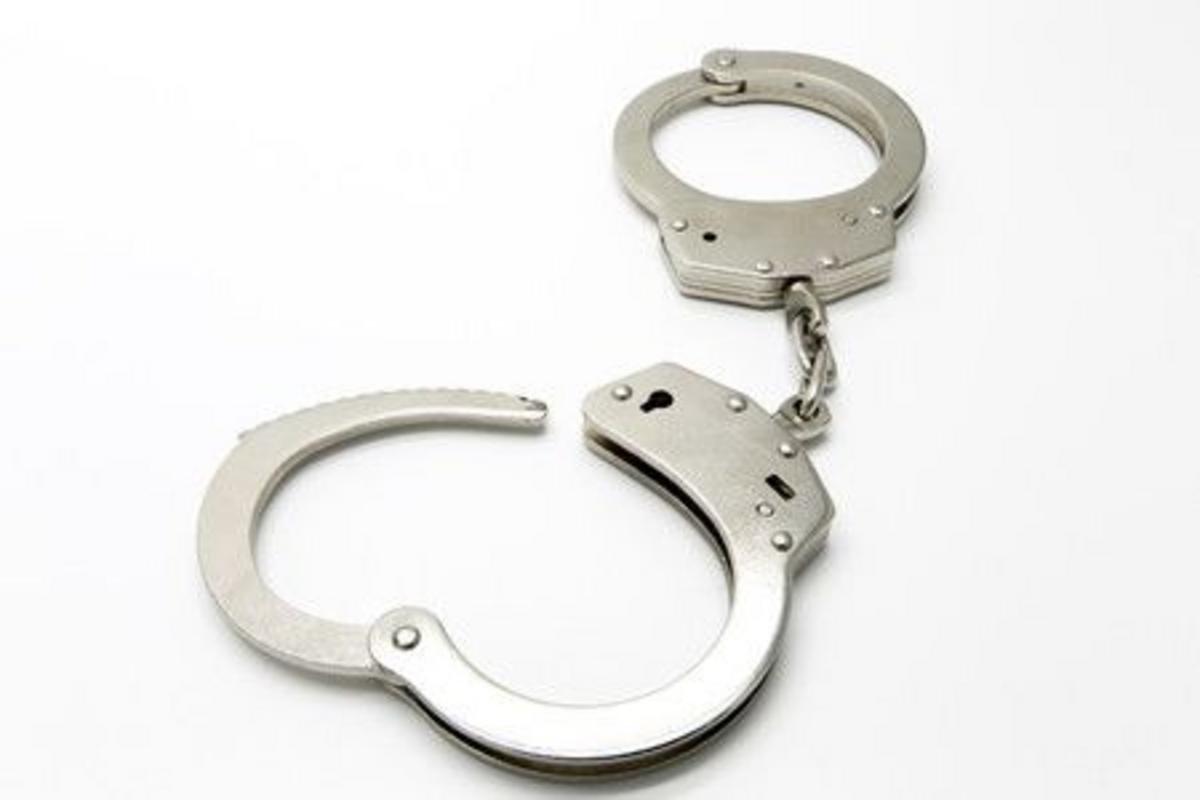Less than a week after a man was arrested in Schodack for allegedly driving while highly intoxicated, police say another driver was busted with a similar blood alcohol level. The latest drunk driving arrest occurred late Thursday night, as officials say they stopped a vehicle on a local road.
In 2022, New York State saw 335 alcohol-related traffic fatalities, a 30% increase since 2019. Police reports indicate over 7,000 alcohol-related crashes occurred in the state that year, with 65% of crashes involving a drinking driver occurring between 6 p.m.
Another Driver in New York State Busted Allegedly Over 3X BAC Limit
New York State Police said in a press release on October 9, at about 11:18 PM. troopers stopped a vehicle on a road in Moreau, New York for a traffic violation.
Troopers say that the driver was identified as a 36-year-old man from of South Glens Falls, The suspect was arrested for driving while intoxicated and other vehicle and traffic law violations.
He was transported for processing where he recorded a 0.27% BAC, which is over three times over the state’s BAC limit of 0.08%. The suspect was issued tickets, and is due back in court later this month.
The Hometowns In New York With the Worst Quality Of Life
According to Lawnstarter, these hometowns in New York have the worst quality of life.
New York To Lower Legal BAC Limit?
Advocates have long gathered in Albany to rally for change. What these people are pushing for, according to WNYT, is for the state to lower its legal drunk driving limit. The current BAC limit for New York state is 0.08%. Some feel it should be lower.
A number of lawmakers have pushed in recent years to lower the state’s legal limit, including State Senator John Lui, who said he would make it a top priority to lower the limit to 0.05%.
See Also: The Most Dangerous Road in New York Runs Through the Hudson Valley
Another proponent of lower BAC laws includes Assemblymember Jo Anne Simon.
According to statistics posted at CBS, New York saw 335 alcohol-related deaths in 2022, which was a 30% percent increase over the last five years. Currently, Utah is the only state in the country that has a limit of .05%, which went into effect at the end of 2018.

